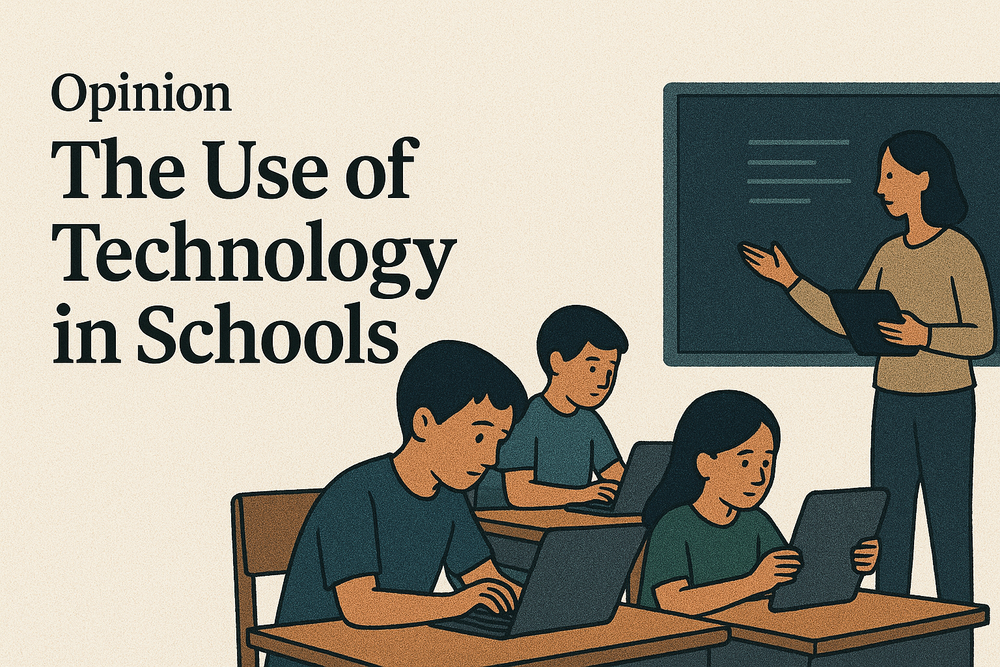Technology has radically changed how we live, work, learn, and connect over the last few decades, let alone the last few years after COVID-19. We continued the St. Francis Conversation at our HSA General Meeting this past Wednesday. We discussed technology, how it can affect our kids, and how we can approach technology differently and see it from a different perspective.
We live in a technological world, and our families' needs change as our children grow older. Thus, our perspectives on technology change over time, and many of us are figuring out how to help our children live, engage, and have a healthy relationship with technology. Know that you are not alone and most of us have common questions than maybe answers. During our HSA general meeting, I hoped not to offer answers on how we should approach technology, but principles for us to reflect on that can help us have meaningful conversations with our children in school and in our families. You may check out my presentation below and here are the guiding principles that I hope we can all reflect on.
Guiding Principles on Technology:
Families are different:
Technology usage and needs change as your kids get older.
The
needs of families with younger kids differ from
the
needs of families of older kids. But we share
the
same goal in educating our children and helping them to grow into becoming
the
people they are meant to be.
Purpose of Technology:
The
intended purpose of technology, as Steve Jobs said, is "to unleash one's creativity upon
the
world."
The
etymology of
the
word Technology in Greek is "art, craft."
The
purpose of technology is to create.
Technology was made for good, but it can harm at times:
Technology has allowed for amazing advancements in
the
field of medicine in connecting people across
the
world and across different professions. However, technology can be harmful if not used for its intended purposes to create or used for a prolonged time.
Technology is a tool, and tools impact and shape its users: Physical tools like a hammer, after repeated usage, shape our arm and strengthen it. Similarly to how repeated use of a tool may change our physical body, using technology shapes our minds. Prolonged uses can lead to developmental and academic effects on children.
We can think about Tech Differently:
Here are four concepts we can think about when reflecting on how we can approach technology in our families and classrooms. Types of Screens:
Research supports that
the
types of screens we use can impact learning, as long as we use them for communal purposes
Individual v. Commnual:
Is technology used for consumption or is it used for creation? Is it used for personal entertainment, or is it used to enrich our knowledge by research. Is it used for my own purposes, or is it used to work with others?
Time on Screens:
The
Academic Pediatric Association(APA) offers recommended screen time usage by age and reports on reserach on national averages of screen time use outside of school. 13-18 year olds spend up to 8 hours a day on screens, outside of school.
Tech Stages by Age:
The
APA offers tech stages of when and how to introduce technology to your kids as they get older.
Wherever you are on the spectrum of opinions of the use of technology for kids, know that we have one common goal: to educate our children and help form them into the young men and women that God has called them to be in faith, hope, and charity.
The St. Francis Conversation: Technology: Click Here

